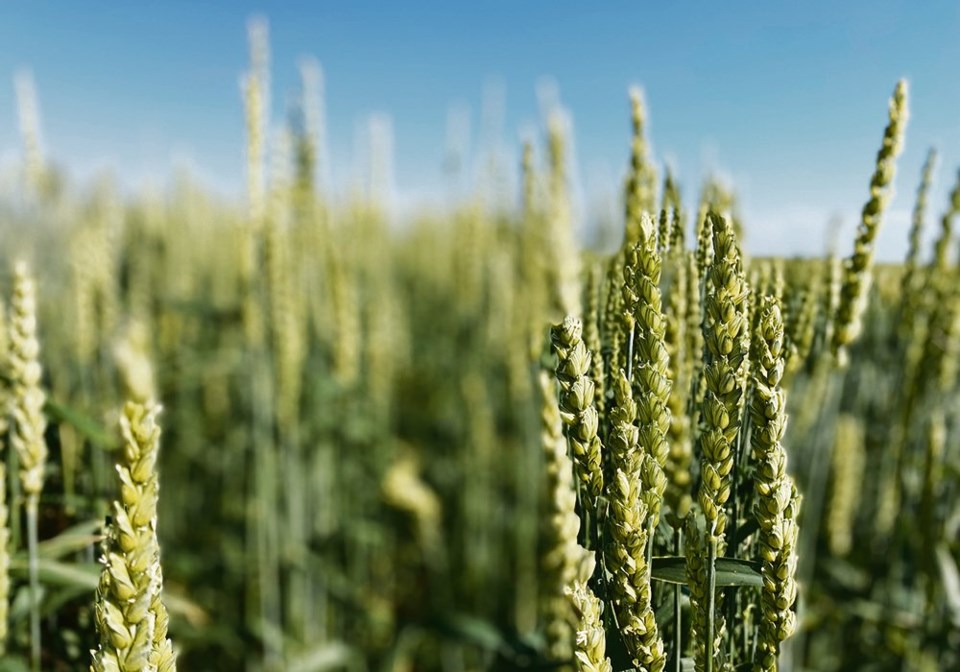WESTERN PRODUCER — Ukraine’s farmers are “on the verge of bankruptcy,” says the country’s largest agricultural association.
Crop production losses could reach US$3.2 billion, according to the pessimistic scenario of a financial forecast prepared by the Ukrainian Agri Council.
Under the most optimistic scenario, where the country is once again able to fully use its Black Sea ports, the projected loss drops to $1.2 billion.
That’s because it is far cheaper to ship grain out of the Black Sea ports than it is from the Danube River ports, which means higher prices for farmers.
Low prices, reduced exports and high production costs made growing every major crop except soybeans unprofitable this year.
Farmers will lose $55 per tonne on their corn and $44 per tonne on their wheat in 2023-24 under the pessimistic scenario.
It will be the first time in 20 years that farming has been unprofitable in the war-torn country.
“And this is despite the fact that this year’s favourable weather conditions supported agricultural production,” the UAC said in a news release.
Ukraine’s exports to Asia, Africa and Europe have decreased by almost three million tonnes per month.
The UAC says the country has lost 40 percent of its export potential due to Russia’s blockade of its Black Sea ports and repeated attacks on its Danube River ports.
That number is slightly different than one recently provided by the country’s agriculture ministry.
It shows Ukraine’s grain exports down 30 percent so far in the 2023-24 (July-June) season.
Exporters shipped 8.3 million tonnes of crops through Oct. 23, compared to 11.9 million tonnes for the same period a year ago.
“Humanity is being held hostage by a terrorist country that is blackmailing the entire world with hunger,” Andriy Dykun, head of the UAC, said about Russia in the new release.
The country has carried out 17 attacks on Ukrainian grain storage facilities since it withdrew from the Black Sea Grain Initiative.
Those attacks have destroyed 300,000 tonnes of grain and damaged or partially destroyed 105 port infrastructure facilities.
UAC said Ukraine’s reduced exports will drive up global prices for flour, cereals and meat.
Masha Belikova, price reporter for Fastmarkets, said in a recent webinar that Ukraine is now shipping up to 2.5 million tonnes per month out of ports on the Danube River.
Ukraine did not use those ports at all before the war. Instead, they were used by neighboring countries such as Moldova and Serbia.
Ukraine started using them in April 2022. Even when the Black Sea Grain Corridor was in place, from June 2022 to July 2023, 22 to 27 percent of the country’s grain was being shipped through the Danube ports.
Today, the shipping route accounts for closer to two-thirds of exports, with the remainder moving to neighbouring countries by truck and rail.
A small amount of grain also started moving through some of the Black Sea ports in October, even though the grain corridor deal is dead.
That practice has since been temporarily suspended due to threats from Russian planes and sea mines, according to a Reuters story.
Belikova said shipping grain out of the Danube River ports also comes with serious challenges, the main one being repeated attacks from Russian forces.
There is also a huge backlog of vessels trying to enter the Sulina Canal, which is one of two canals used to access the ports.
“It’s a real bottleneck,” she said.
One of the problems is that there are not enough barges running up and down the canal. Ukraine has a bunch of barges trapped in Mykolaiv and is trying to get them out.
Another problem is that the canal is in Romania, and the Romanian government isn’t keen on hiring more pilots to navigate the canal in case the war comes to a sudden end.
The other canal is Ukraine’s Bystre Canal, which isn’t used as much because the draft is limited
The Danube ports are also suffering from a lack of investment in infrastructure such as roads, terminals and grain storage facilities.
Romanian authorities realize there needs to be more investment in the ports, and Ukraine has identified them as a priority for the aid money it is getting from the European Union.
“Even with all the challenges (the Danube route) is still working and still able to ship grain,” said Belikova.
She thinks the rediscovered trade route will remain viable even after the end of the war.
However, there will be less grain to ship if the war continues.
UAC is forecasting a further decrease in seeded acreage next year in addition to a reduced spending on fertilizer and machinery.
As a result, production and exports are expected to “decrease significantly” in 2024.
Bookmark SASKTODAY.ca, Saskatchewan's home page, at this link.

